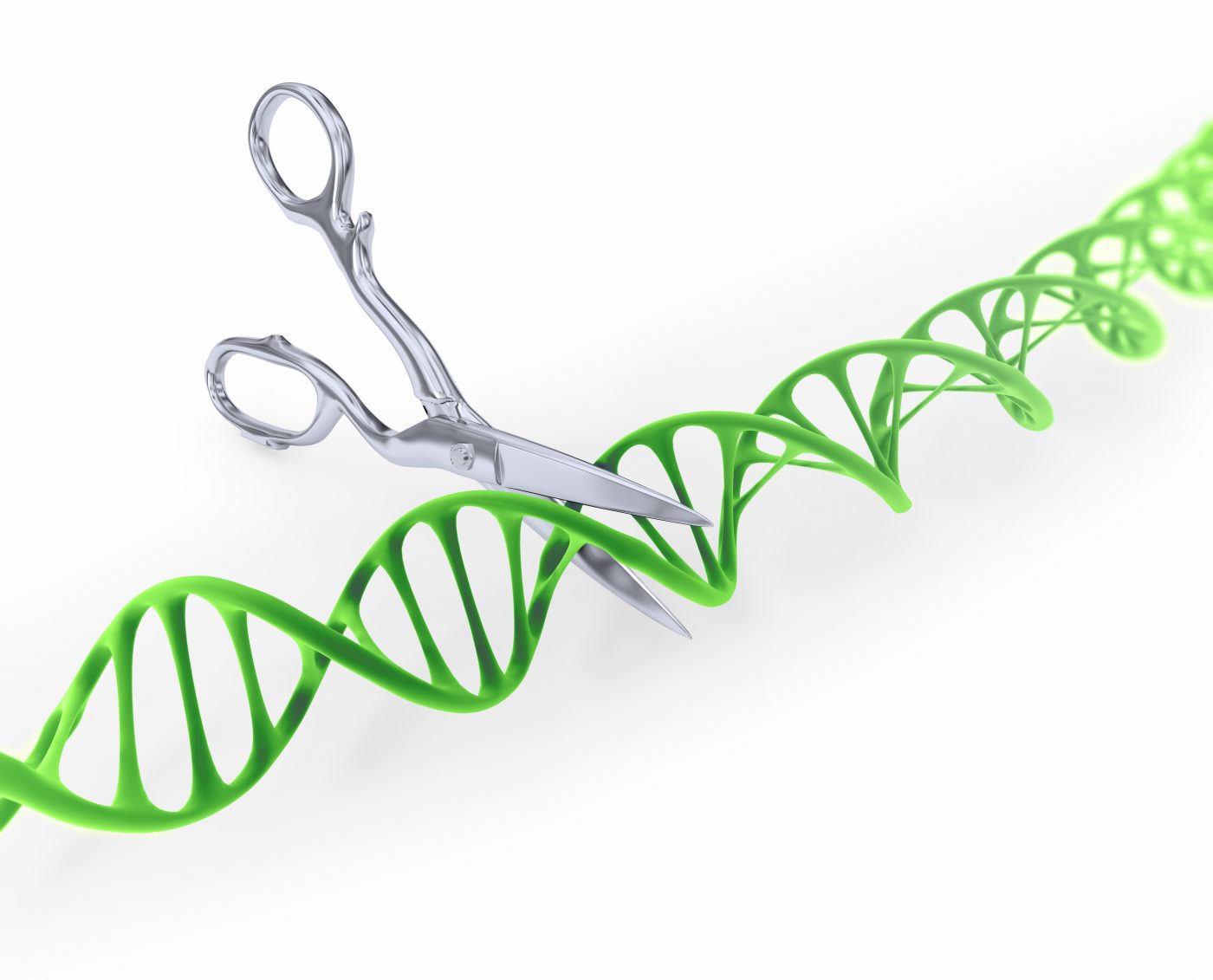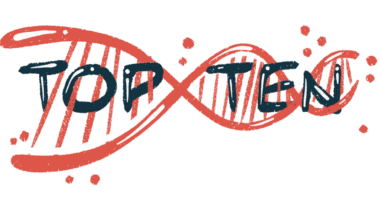Duchenne MD Therapy by Gene Editing of Stem Cells May Be Possible in Next Decade

UCLA scientists have developed a potential gene therapy approach for Duchenne muscular dystrophy (DMD) using CRISPR/Cas9 technology and stem cells. If the new treatment proves successful and reaches the clinic — possibly in the next decade — it could be applied to 60 percent of all Duchenne patients.
CRISPR/Cas9 is a gene-editing technology that allows targeting and cutting select locations in DNA sequences. In DMD, 60 percent of the hundreds of disease-causing mutations are located in a specific region of the dystrophin gene, an area crucial to strengthening and connecting muscle fibers and cells.
The team developed a platform targeting this “hot spot,” and created inducible pluripotent stem cells — from patients’ skin cells — that can be triggered to become any cell type. Researchers, led by April Pyle and Melissa Spencer, then deleted a big chunk of the gene with the Duchenne mutations in patients’ stem cells. Next, the two pieces of the gene without the mutations were “stitched” together again, and a functional protein produced.
Cells without the mutant sequence were triggered to develop into heart and skeletal muscle cells, which the team transplanted into mice with mutated dystrophin.
The study, “A Single CRISPR-Cas9 Deletion Strategy that Targets the Majority of DMD Patients Restores Dystrophin Function in hiPSC-Derived Muscle Cells,“ showed that once the edited cells were inside the mice, they produced the restored human dystrophin protein. The results, published in the journal Cell Stem Cell, were the largest deletion of dystrophin mutations ever attempted with success. The UCLA study was also first to create human induced pluripotent stem cells that could produce functional muscle tissue after gene correction. Previous studies have used the technique to correct mutations affecting fewer DMD patients, or to study processes in less clinically relevant cell types.
“This work demonstrates the feasibility of using a single gene editing platform, plus the regenerative power of stem cells, to correct genetic mutations and restore dystrophin production for 60 percent of Duchenne patients,” Dr. Pyle said in a press release.
Courtney Young, the study’s first author, is also the president of a UCLA student group called Bruin Allies for Duchenne. Her commitment stems from a personal connection with the disease. “I already knew I was interested in science, so after my cousin’s diagnosis, I decided to dedicate my career to finding a cure for Duchenne,” Young said in the release. “It makes everything a lot more meaningful, knowing that I’m doing something to help all the boys who will come after my cousin. I feel like I’m contributing, and I’m excited because the field of Duchenne research is advancing in a really positive direction.”
Before the platform is ready for human studies, it needs to be optimized working with animal models of Duchenne. “This method is likely ten years away from being tested in people,” Dr. Spencer said. “It is important that we take all the necessary steps to maximize safety while quickly bringing a therapeutic treatment to patients in clinical trials.”






